In Artinis NIRS blog, you will find the latest trends in (f)NIRS, NIRS studies and applications, tutor from the leaders of near infrared spectroscopy, not to mention detailed insights and tips and tricks for your research!
Search blog post topic

Multimodal fNIRS-EEG measurements — Staying in sync
In this second blog post, we discuss synchronization in multimodality. When using fNIRS and EEG simultaneously, synchronization of both data streams is crucial to achieve temporal correspondence between both signals. Read this post to learn more about how to get to the ideal synchronization solution for you, which can depend on different factors, such as device specifications, software capabilities and experimental setup.

Innovating Medical Research with a qualitative and sustainable working Culture
Medical and scientific research often requires state-of-the-art equipment that can deliver accurate and reliable results, and manufacturers that prioritize innovation and quality can provide the necessary tools to support scientific advancement. Artinis Medical Systems is an innovative Dutch company that is active in the field of medical research and quality assurance and also lives up to those quality standards. However, what makes us a leading company is sometimes beyond the instruments themselves…
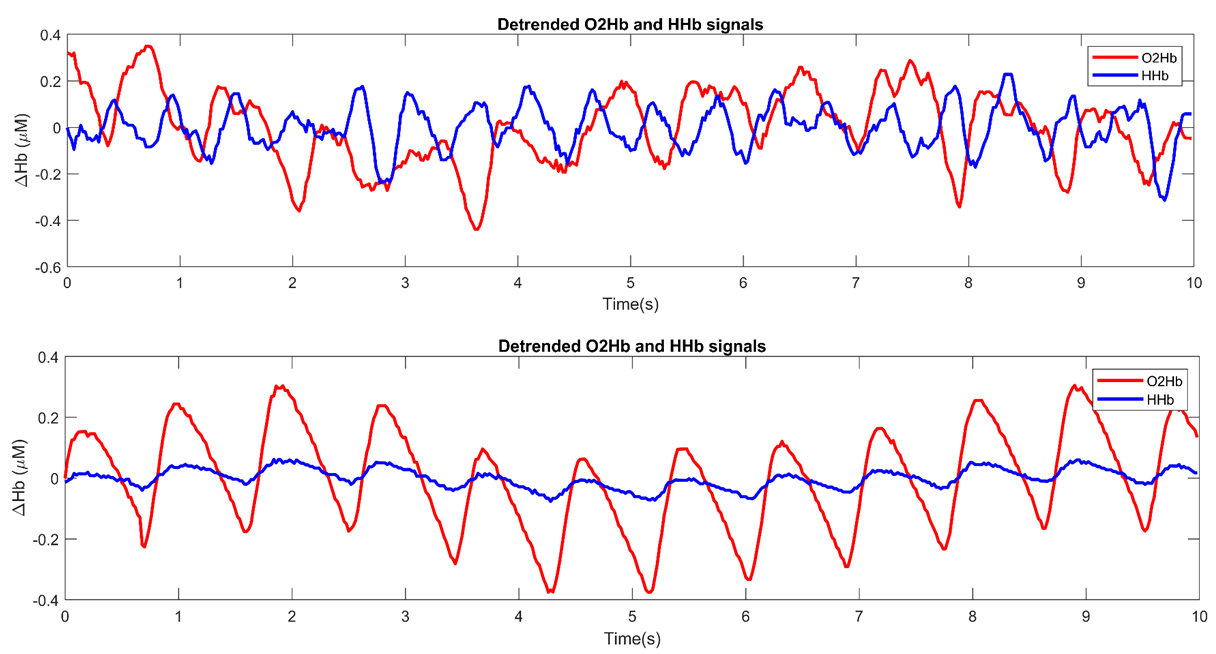
Assessing NIRS signal quality – Implementation of the Signal Quality Index (SQI)
Achieving good signal quality is crucial for (f)NIRS data acquisition and analysis, but often difficult to determine. Therefore, we developed an algorithm named SQI (Signal Quality Index) which rates NIRS signal quality. Read this blogpost to learn more on how this SQI is specified and how it can be implemented in your research.
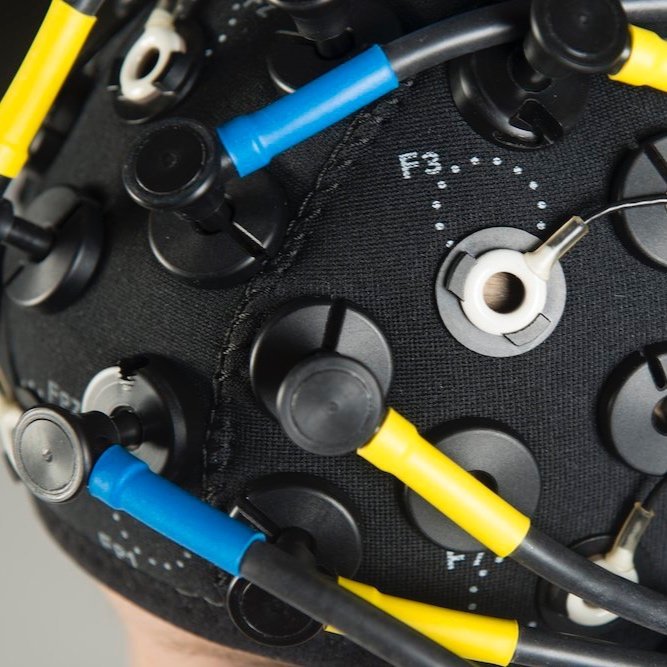
Introduction to multimodal fNIRS — EEG measurements
In this blog post, we give an introduction to multimodality and explain the hallmarks, advantages, and challenges of combining fNIRS and EEG to measure brain activity. This is the first part of a blog post series on multimodality fNIRS-EEG measurements.
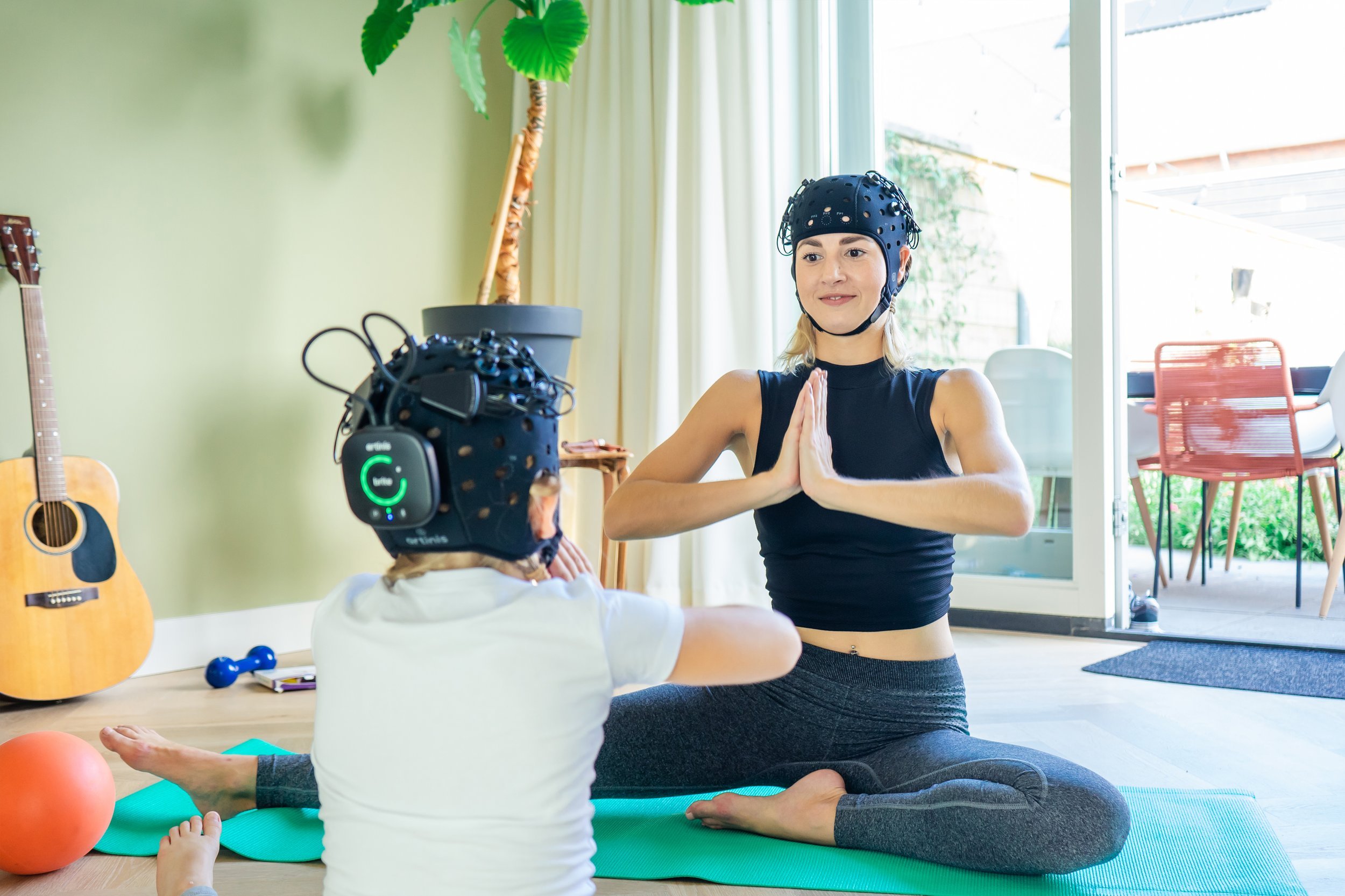
The use of Inertial Measurement Unit (IMU) to detect motion artifacts
Due to its portability, NIRS and fNIRS devices are often used to measure brain and muscle activity during studies that involve movement. To detect motion artifacts that might occur during these experiments, some of our devices, for instance, Brite and PortaLite MKII, incorporate an inertial measurement unit (IMU). Read this blog post, to learn more about the technology behind IMU and how it is used to detect motion artifacts.

Recommended Brain and Sports Sciences conferences to visit in 2023
As we come from research ourselves, we know the value of visiting conferences to get in contact with scientists from different application fields and learn about latest technological developments and trends. In this blogpost, we present our top pick for conferences to visit in 2023, for instance the ARTscientific conference to bring together (f)NIRS researchers all-over the world and enable exchange about their research.
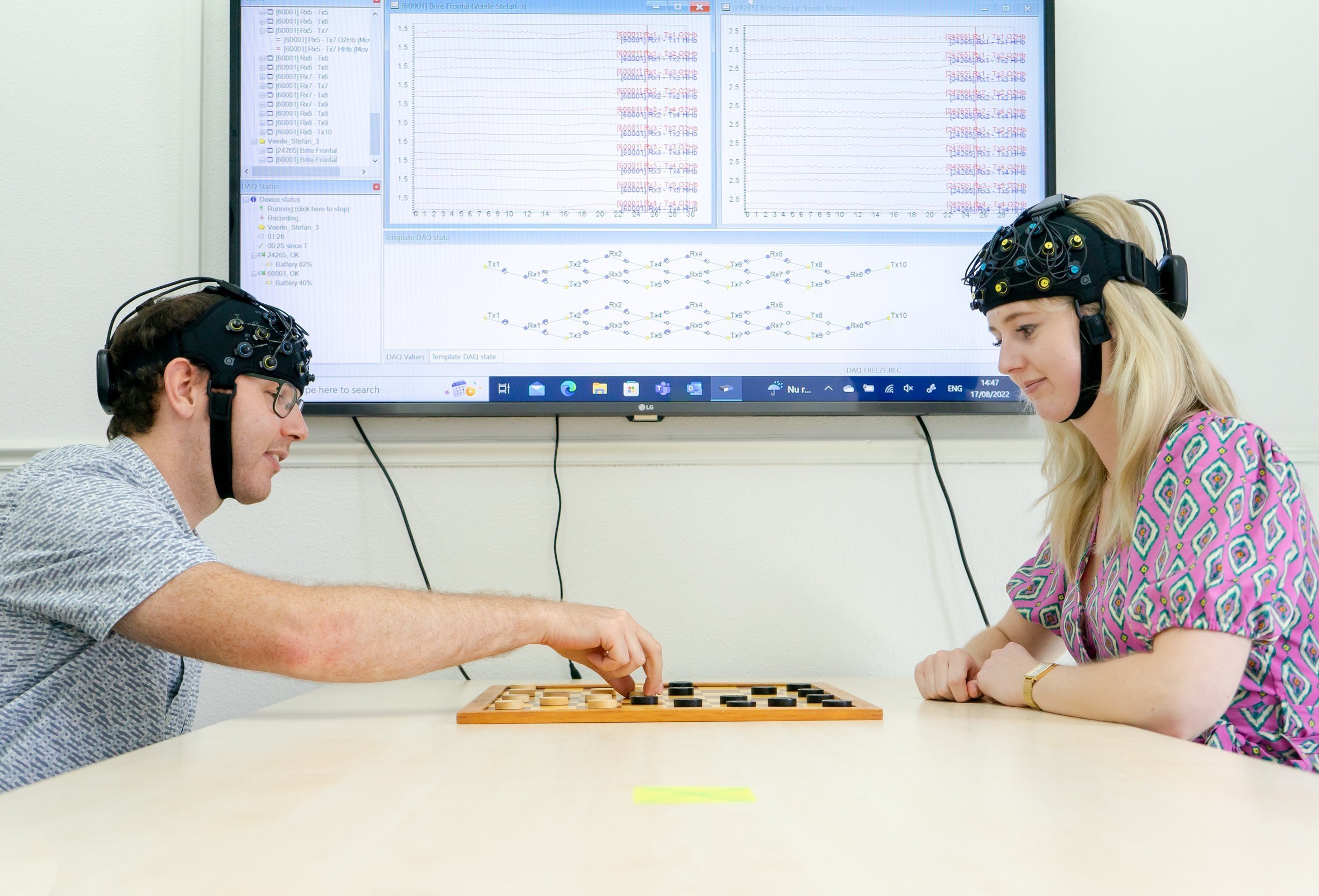
Measuring brain activity during playing a competitive checker game – a fNIRS hyperscanning mini study
In hyperscanning, brain activity and connectivity of multiple subjects are measured simultaneously during social interaction, for instance in competitive situations. fNIRS is often used as neuroimaging technology for hyperscanning in cognitive studies due to its portability and relative insensitivity to movement artifacts. In an internal mini-study, we tested the use of Brite Frontal to perform hyperscanning while participants played a competitive game of checker.
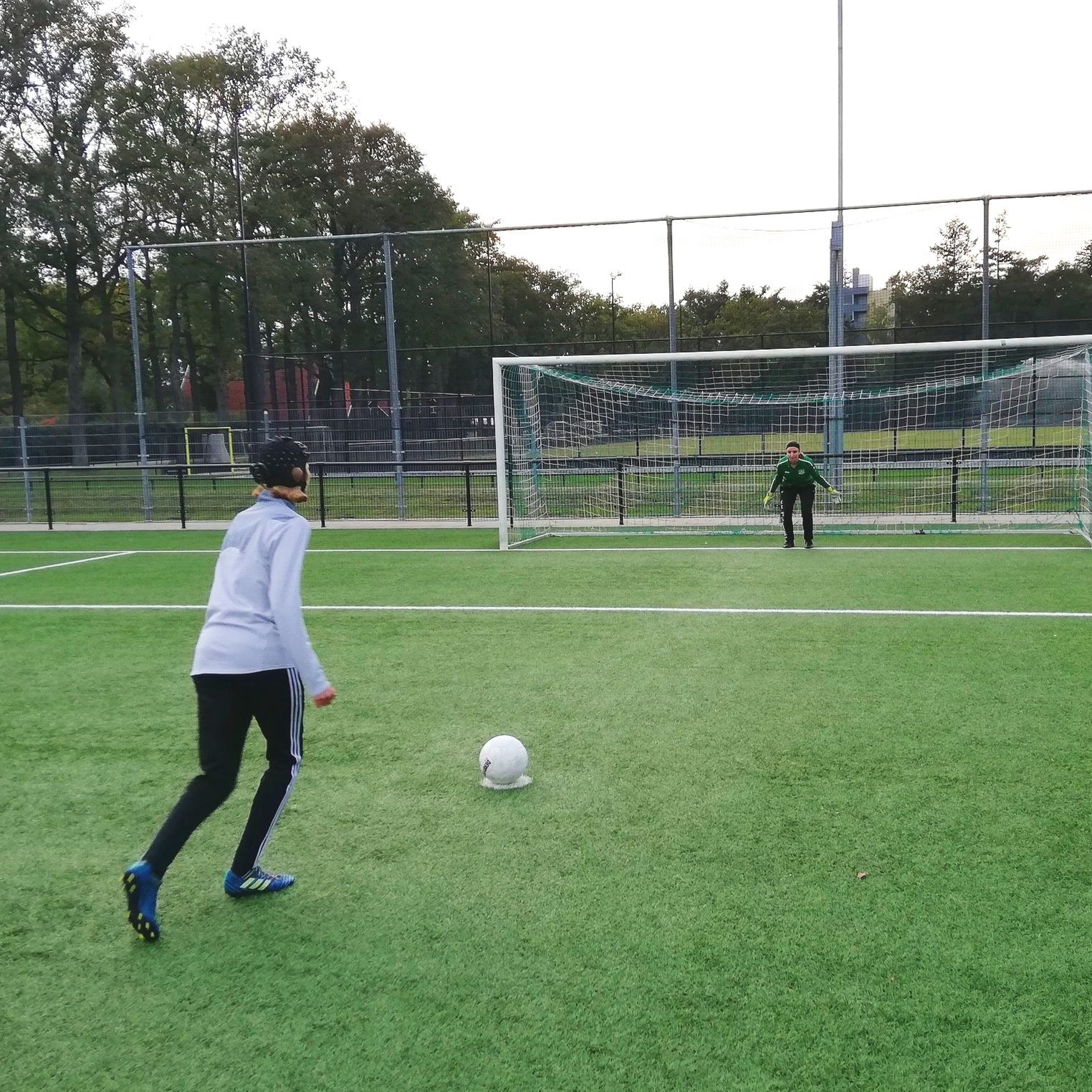
Using fNIRS to measure brain activity on the field during penalty kicks – a video interview with Max Slutter
fNIRS is increasingly used in on-the-field studies. One of the first to perform such a study by measuring brain activity with fNIRS in football players during penalty kicks were Max Slutter and colleagues. Watch our new video interview with Max Slutter to learn more about performing research with fNIRS on the field, and the advantages, but also challenges this might bring with it.
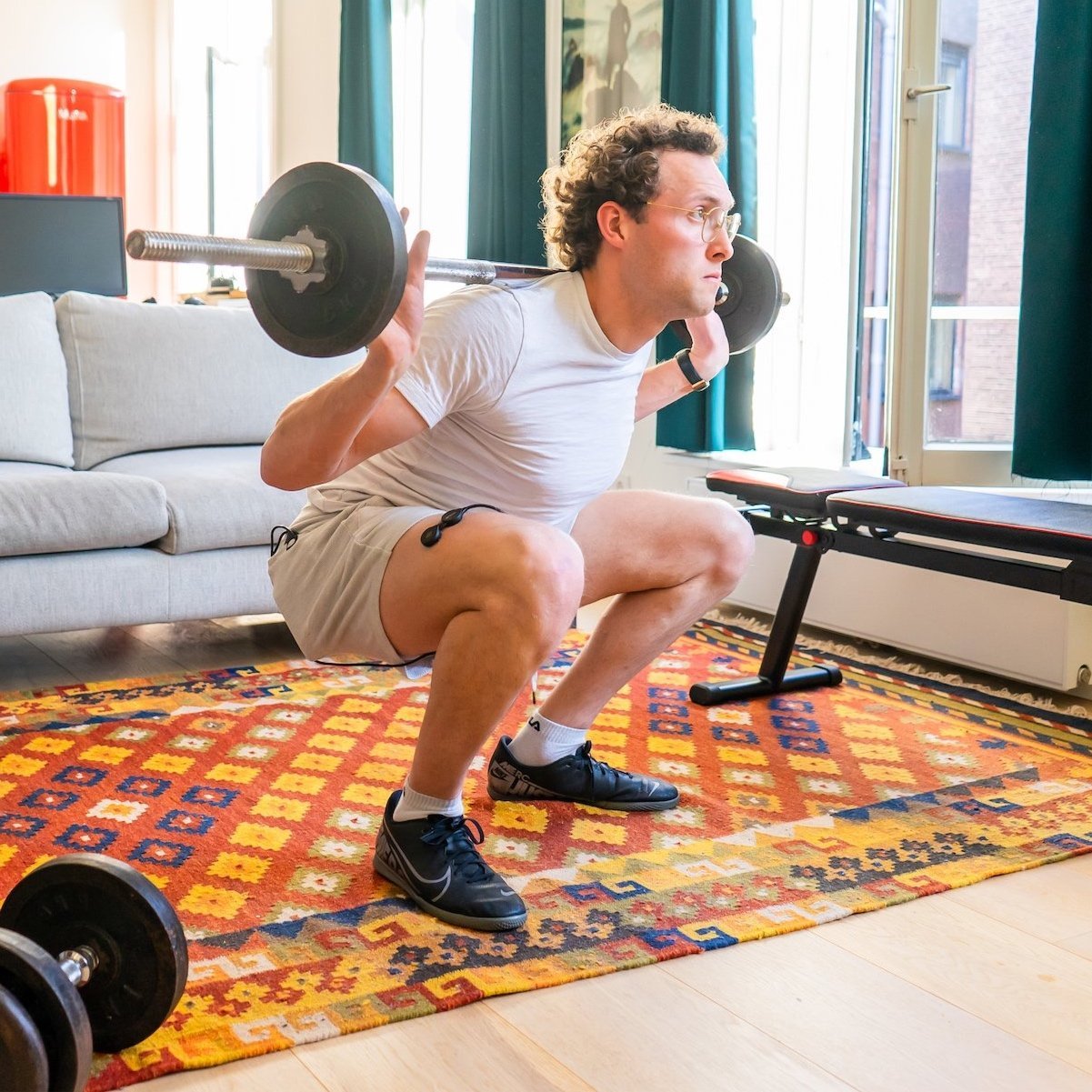
Tissue Saturation Index (TSI) - Absolute oxygenation measure in local tissues
Tissue Saturation Index (TSI) is an absolute measure for the local tissue oxygenation in tissue beneath the sensor. To obtain TSI, a technique called Spatial Resolved Spectroscopy (SRS) is used. TSI can be measured in both brain and muscle. Some of our devices provide the possibility to acquire absolute TSI, next to relative concentration changes in oxy- and deoxygenated hemoglobin. Learn more about the TSI and how to correctly use it in this blogpost.
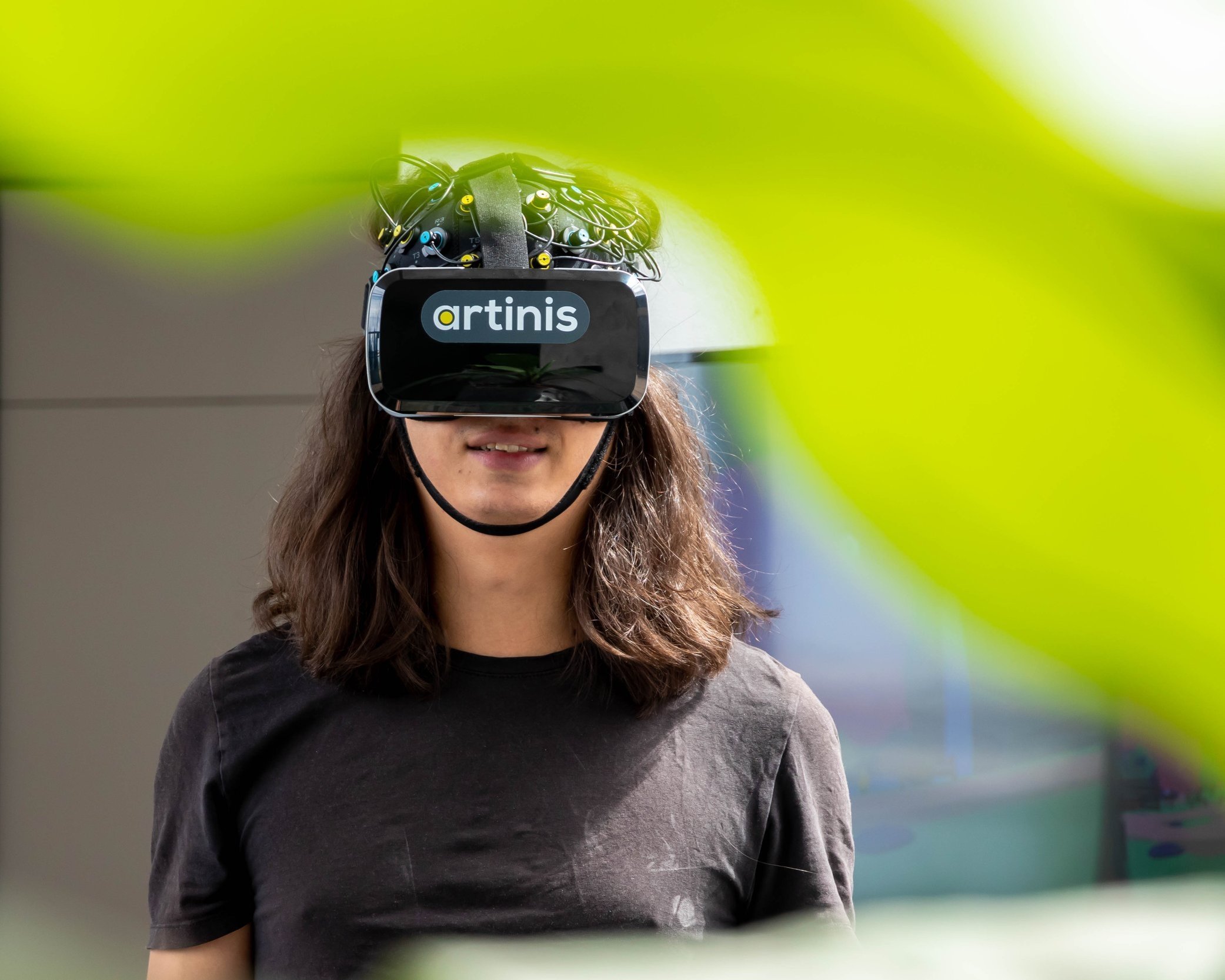
Combining Virtual Reality and wearable fNIRS
The application of Virtual Reality (VR) is becoming increasingly important in clinical and psychological research, for instance in exposure therapy or neurorehabilitation. fNIRS can be used to monitor brain activity during application of VR. We tested simultaneous use of VR and fNIRS with our new device, the Brite Frontal. Read in this blogpost, how this went and which advantages using fNIRS during VR application can demonstrate.
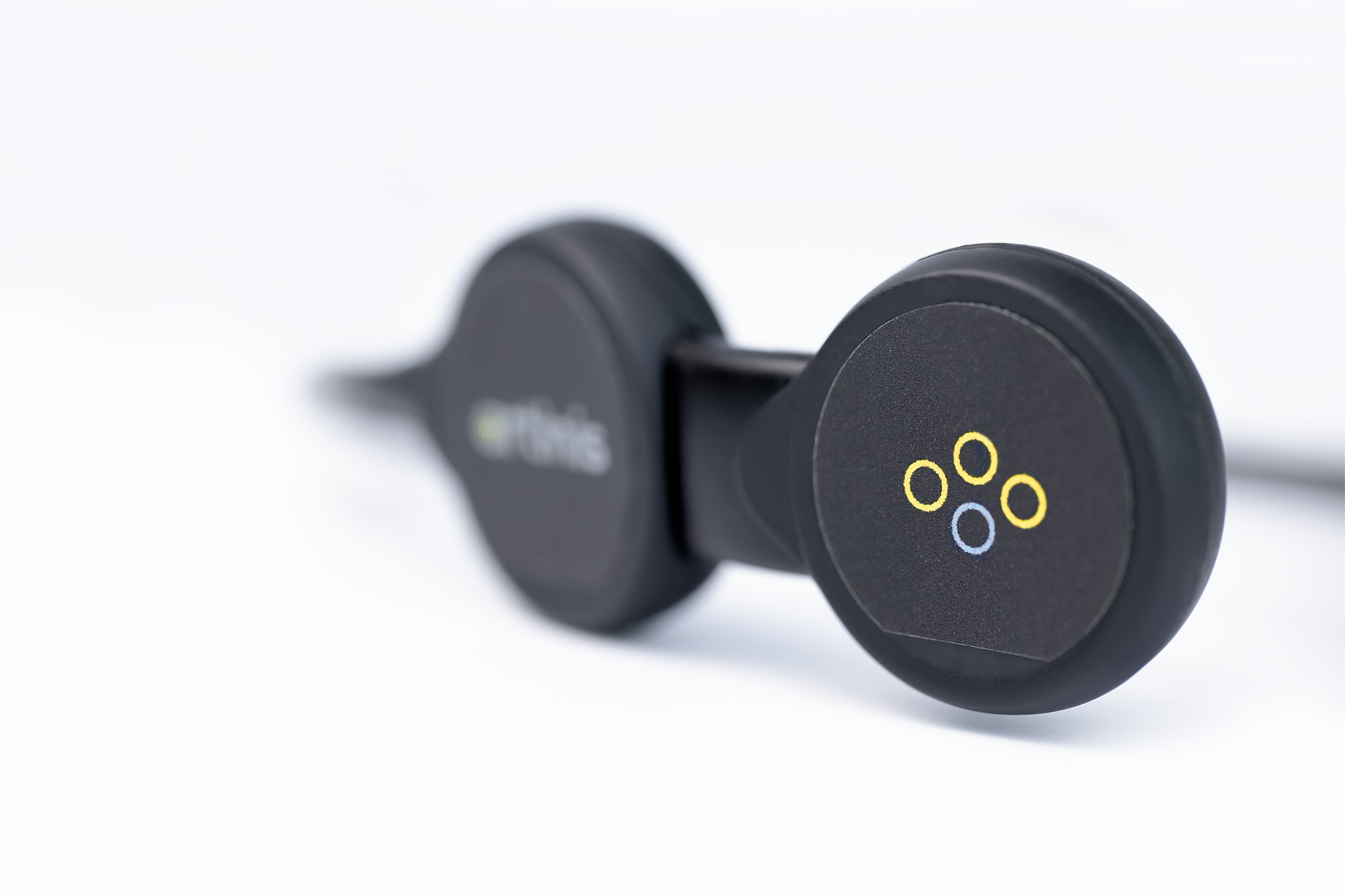
Measuring brain and muscle oxygenation simultaneously using only one device
Interest and importance of simultaneously measuring brain and muscle oxygenation is increasing in various research fields. Our new device, the PortaLite MKII assessment of oxygenation of different tissues and locations by using only one device. Read more about the PortaLite MKII, application possibilities, and features in this blog post.

The PROHEALTH Project – Investigating orthostatic hypotension in elderly by performing continuous NIRS measurements in a home-based setting
Orthostatic hypotension is a form of low blood pressure that is characterized by drops in blood pressure when standing up from a lying or sitting position and frequently occurs in elderly subjects. The PROHEALTH project aims to implement home-based and continuous Near-Infrared-Spectroscopy (NIRS) measurements to detect orthostatic hypotension using the PortaLite (MKII). Read this blog post more about the PROHEALTH project and which targets are followed to reach the goal.
